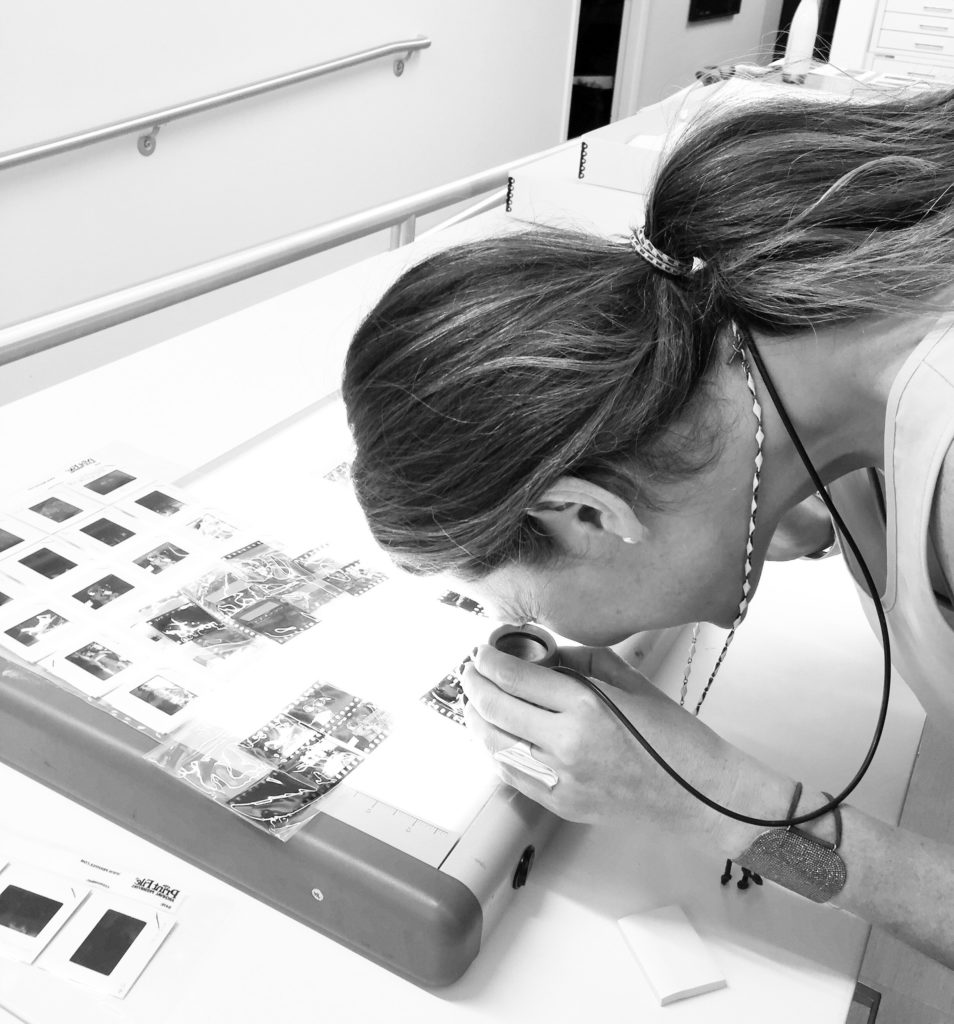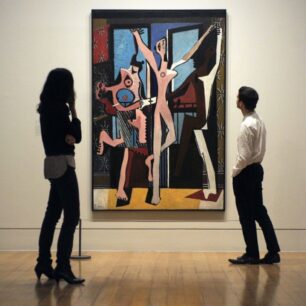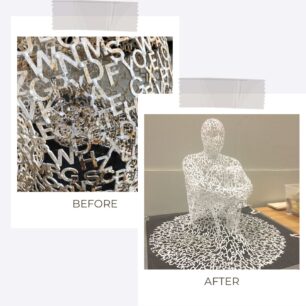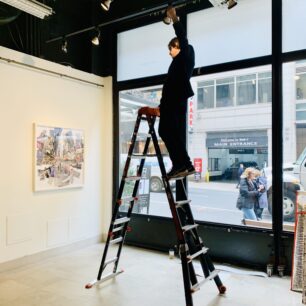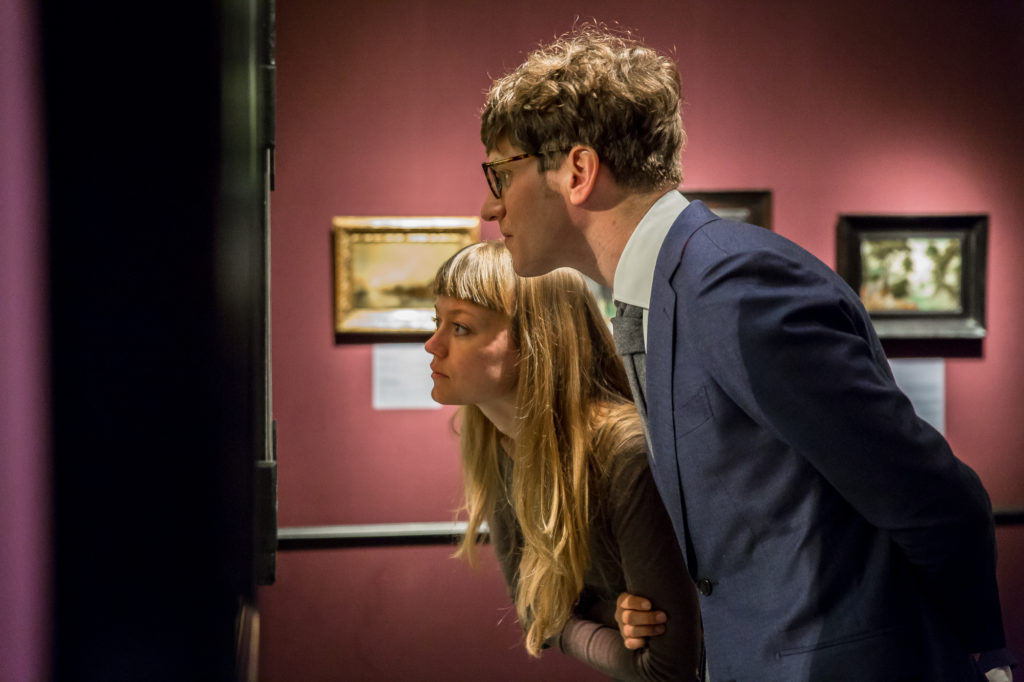
One of the most common questions I get asked is, “What does an art advisor do”? With more collectors on the scene then ever before the demand for art expertise has increased accordingly.
Simply put, art advisors provide a professional service to help reduce friction and manage risk when buying art. Educated in art through schooling or in the field, we can help collectors nimbly navigate through the art industry while leveraging our expertise and valuable network.
British collector, Dr. Paul Ettlinger recently told artnet that, “if you’re going for a more established contemporary artist, unless you have an advisor or unless the gallery knows you, it is quite difficult to walk in off the street and just buy art, regardless of how much money you have.”
There can be many advantages for retaining the help of an advisor when building your collection. Read on to learn about the TOP 5️⃣ BENEFITS OF AN ART ADVISOR 👉
Art advisors can…
1. 🏦…Understand and translate different art market sectors.
The art markets consists of multiple sectors each with their own supply and demand fluctuations, unique trends, regional influences and price influences. The Contemporary art market behaves very differently from say, the Impressionists and Old Masters markets, for example. It is best to find an art advisor who specializes in your specific area of interest.
2. 🧐 …Offer a trained eye to evaluate the quality of art.
Similar to how a good sommelier has a trained nose to identify fine wine, a good art advisor has an “eye” to identify fine art. They can understand the subtle nuances of different brushstrokes, color palettes and compositions that may take years to develop otherwise. They share their deep knowledge about artistic processes, art history and critical reception and can analyze the various attributes of a work of art–all factors that may influence the value of the object.
3. 🌂…Preempt pitfalls and implement ways to preserve your valuable art assets.
Buying art is not as simple as falling in love and pulling out a credit card. The result of recent legal cases points to buyers and their need to conduct due diligence on any artwork being considered for purchase. Title, authenticity, condition and provenance are critical in determining the value of an art object. With the help of a trained and educated professional art advisor you can hedge the risks inherent in buying art and protect your valuable assets in the short and long term.
4. 🤝 …Negotiate the most competitive deals.
Galleries and auction houses are generally incentivized to offer the best prices to art advisors with whom they have a good relationship with or are confident about their reputation. A few exceptions do apply but these trade discounts are typically passed onto the client. Moreover, a knowledgable art advisor is capable of understanding the value of art and different artist’s markets and can gauge when an artwork is either undervalued or overvalued.
5. 🗝…Access elusive art and open closed doors!
In real estate you’ve often heard the broker’s mantra, “location, location, location.” In the art industry, the name of the game is ACCESS, ACCESS, ACCESS. Art advisors with long standing relationships in the industry can open otherwise closed doors as well as help you discover the best artists. The most sought after artists can have long waiting lists and galleries who aim to champion their artists effectively prioritize museum institutions. These two factors can make accessing the right artist or work of art a daunting endeavor. However, a savvy art advisor can help clients cultivate key relationships with galleries as well as help convince them on where to place their top works, paving the way to a smooth transaction.
Want to start collecting like a pro? Contact heidi@hlkartgroup.com
